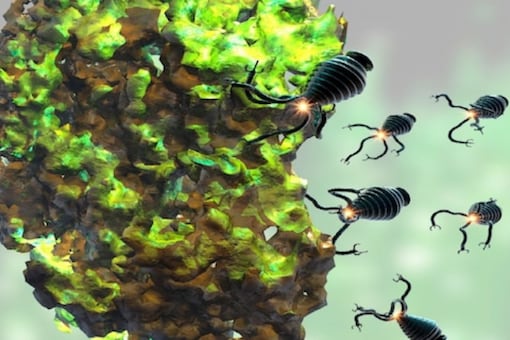Scientists have been working on medicinal advancements for a long time. In fact, they never stop working on them. It is a continual process to produce medicines based on research and the advent of new diseases in the recent past has only compelled scientists to make their advancements faster. Due to continuous research, we are now one step closer to turning nanobots into a reality.
A team of researchers from Santa Clara University and the University of Hong Kong have successfully trained a basic microswimmer to swim and navigate in any direction. This was possible due to the fusion of reinforcement learning and artificial neural networks. The AI-powered nanobots are capable of swimming as they can automatically navigate to any desired destination based on the feedback they get of how efficient a move is after it makes the move.
The research was published in Communication Physics on June 21 this year, with the title “Gait switching and targeted navigation of microswimmers via deep reinforcement learning”.
Reinforcement learning is a technique that helps optimize the functioning of an artificially engineered system using machine learning. On Shun Pak, associate professor of mechanical engineering at Santa Clara University said, “Being able to swim at the micro-scale by itself is a challenging task.” He further added that when one wants a microswimmer “to perform more sophisticated manoeuvres, the design of their locomotory gaits can quickly become intractable”.
Alan Tsang, assistant professor of mechanical engineering, said, “The microswimmer learns to swim like a human. He learns how to move his ‘parts of the body’. It relies only on machine learning algorithms, without relying on human knowledge.”
With such a milestone achieved, it might make difficult surgeries easier and parts of our body that the hands of a surgeon can’t reach could be accessible to them with the help of the microswimmers that have learned to navigate themselves to the target. This will improve the success rate of many surgeries that are currently difficult and life-threatening to perform.
Source: news18.com








